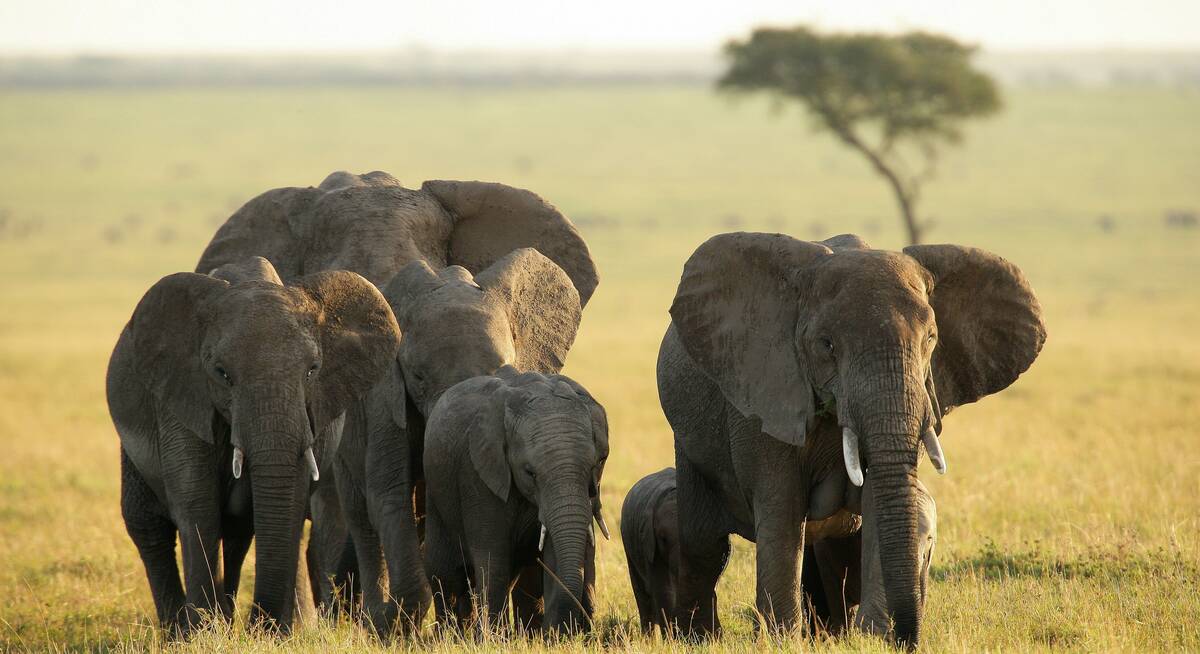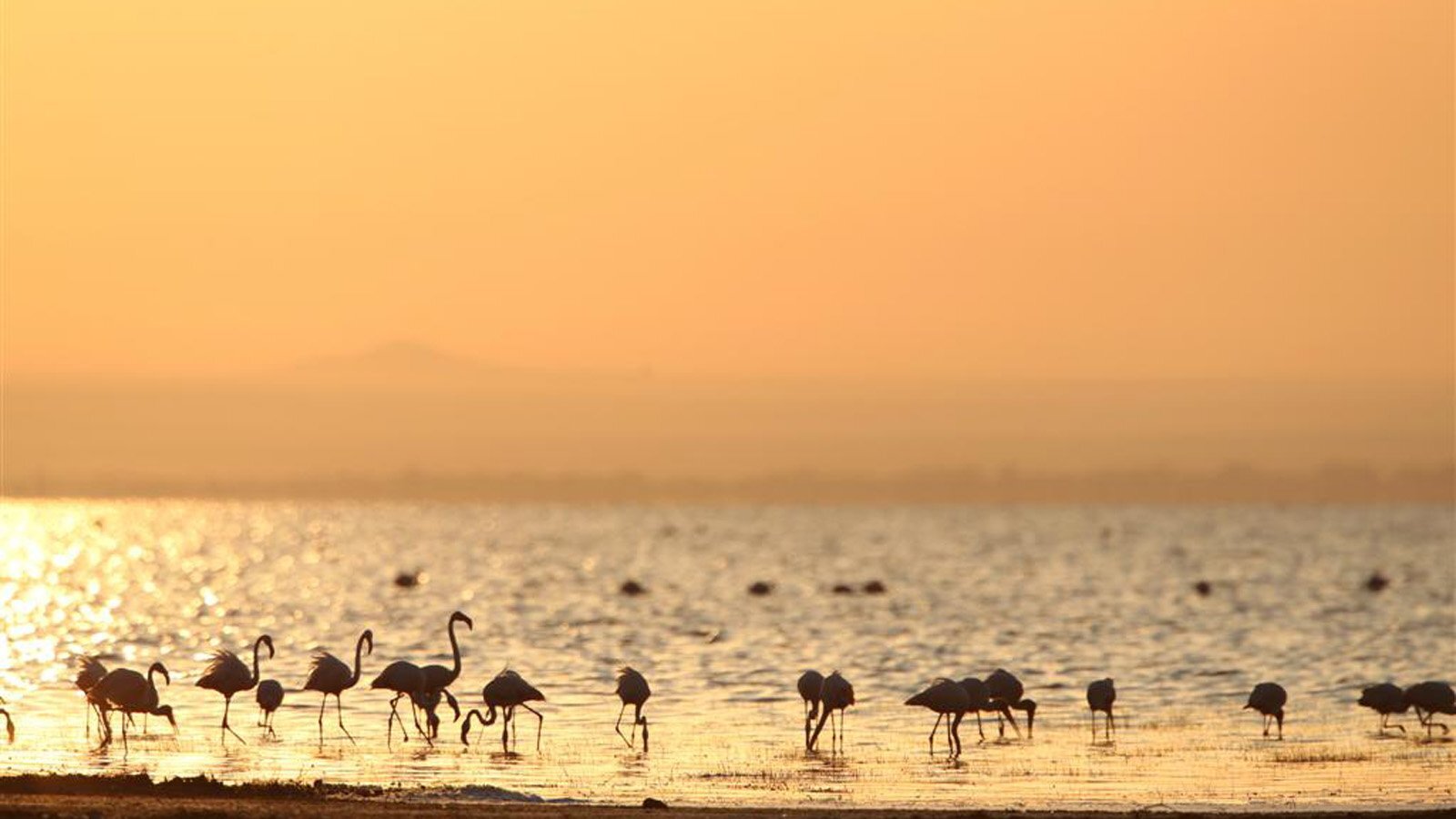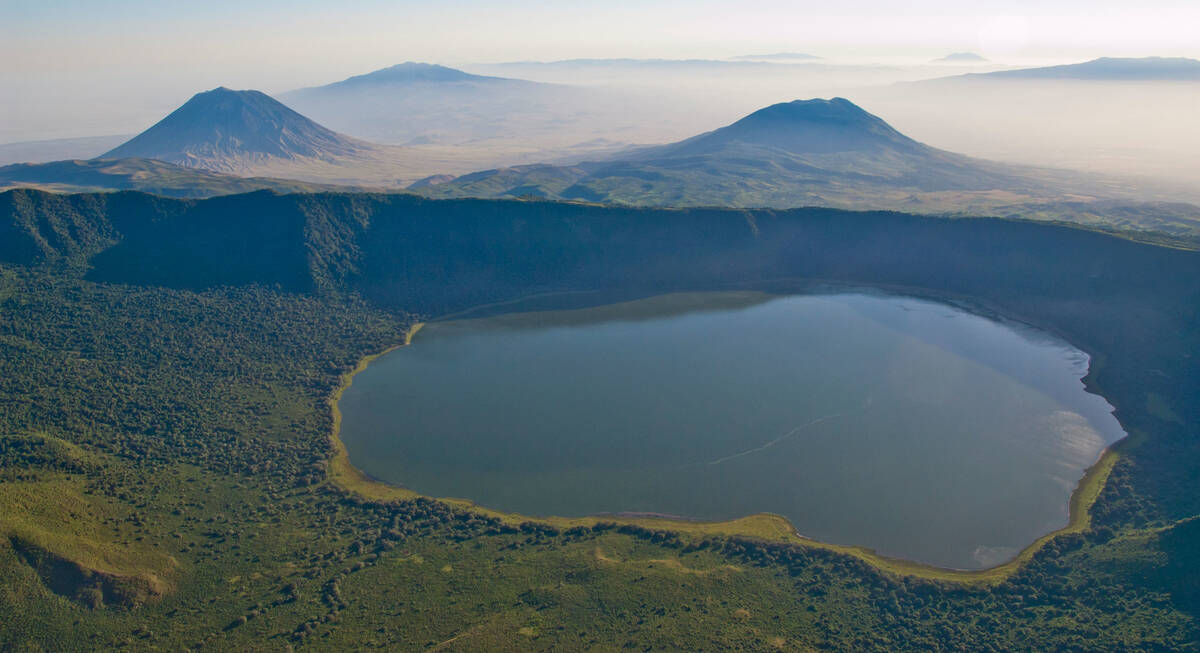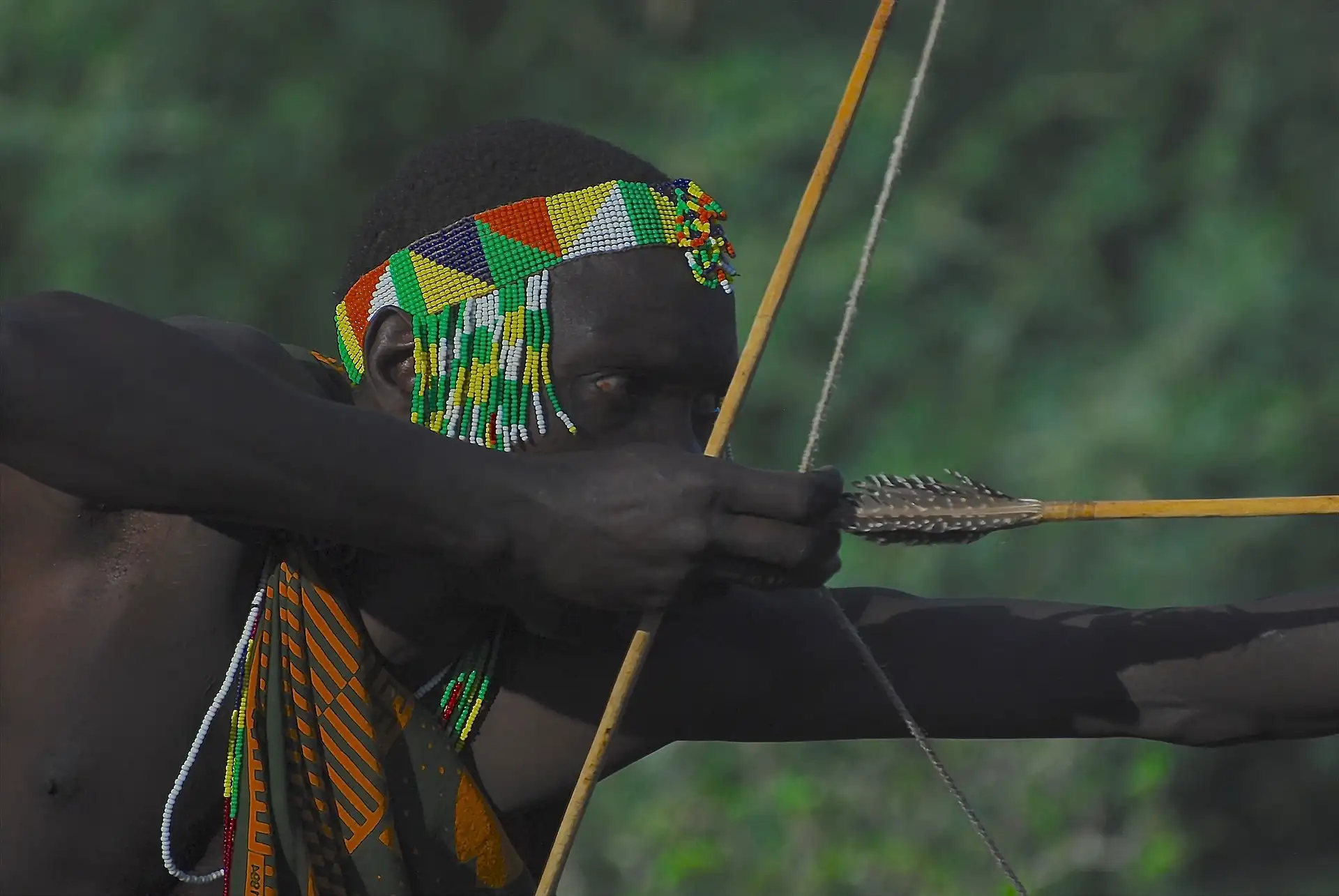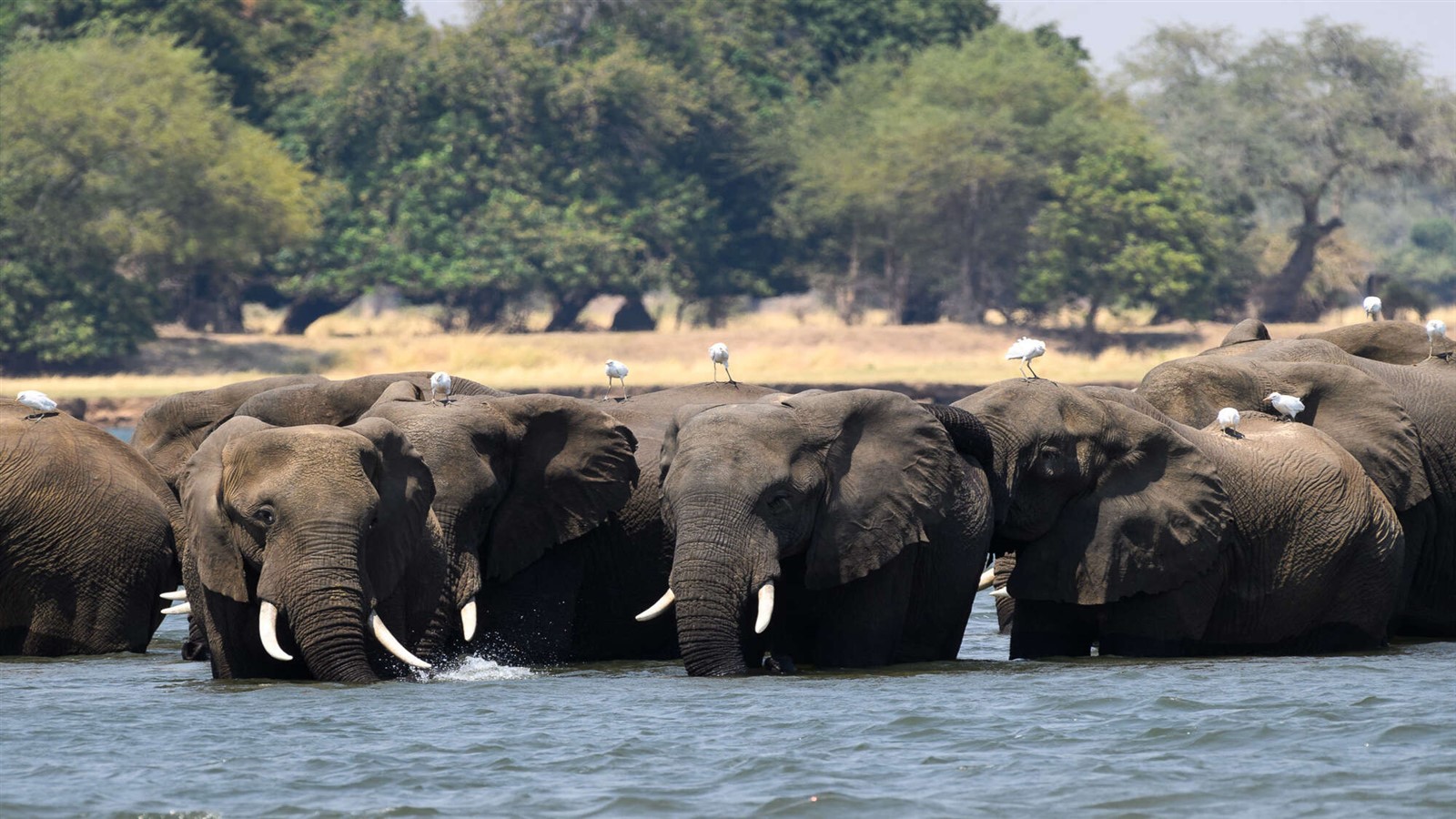Day Trip
Lake Eyasi Day Trip
Lake Eyasi is a seasonal shallow endorheic salt lake on the floor of the Great Rift Valley. It is in northern Tanzania, south of the Ngorongoro highlands. You will have plenty of time to enjoy this tranquil environment and to absorb its natural setting. This lake eyasi is above sea level. In contrast to the savannah and arid plains of northern national parks, Lake Eyasi offers tall palm trees along its shores.
Wildlife at Lake Eyasi
Lake Eyasi doesn’t attract big-game wildlife populations as seen in the neighbouring parks and conservation areas, you won’t see the big five here. The lake is a birdwatchers dream due to the many resident species of birds found here. The shallow waters support a huge diversity of breeding waterbirds from June to November. The main attraction are the large populations of flamingos and great white pelicans. Africa spoonbill, Fischer’s lovebird, gray headed gulls, pied avocet, spurfowl, stork, barbet, weaver and many more birds can be found around the shores of Lake Eyasi.
Another great sighting are the many hippos at Lake Eyasi. The lake is providing them a place to avoid the hot sun during daytime. They are known to come and cool off in its brackish waters when the lake is full. A number of other wildlife species frequent the springs in the surrounding region.
Hadzabe Tribe living at Lake Eyasi
The Hadzabe bushmen live in the region around the lake. They are one of the few remaining tribes that still live the same way like they did hundreds of years ago. A visit with the bushmen is worthwhile! They subsist entirely of the bush and by bow hunting. The Hazabe Bushmen are one of the last remaining hunter-gatherers in Africa and live solely on the land. Just as in the Stone Age, like our ancestors did for thousands of years.
The Hadzabe bushmen live in the region around Lake Eyasi. You can also find the Datoga and Mbulu tribes here. A visit with the bushmen is worthwhile and they will graciously show you where and how they live and hunt. They subsist entirely of the bush and by bow hunting. The Hazabe Bushmen are one of the last remaining hunter-gatherers in Africa and live solely on the land. Just as in the Stone Age, like our ancestors did for thousands of years.
Experience the culture, habitat and way of life of the Hadzabe Bushmen first hand on this cultural activity. You go with the Bushman on a hunting trip around Lake Eyasi early in the morning. Learn how they make fire and prepare their food. In the afternoon you will visit a market where Hadzabe trade their honey, fruits and other things for knives, arrows and spears that the Datoga silversmith’s make. This cultural activity is absolutely a memorable experience and worth the extra time
Read More
